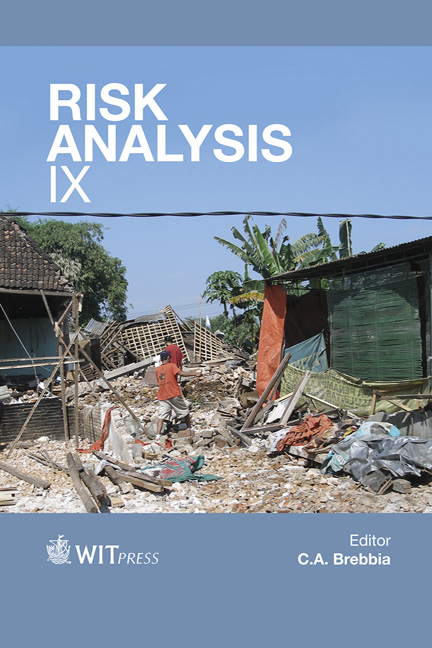Tsunami Flood Risk Prediction Using A Neural Network
Price
Free (open access)
Volume
47
Pages
12
Page Range
357 - 368
Published
2014
Size
1,864 kb
Paper DOI
10.2495/RISK140301
Copyright
WIT Press
Author(s)
H. Gotoh & M. Takezawa
Abstract
The 2011 earthquake off the Pacific coast of Tohoku (known as the \“Sendai Earthquake”) occurred on March 11, 2011 and severely damaged the Tohoku coastal area facing the Pacific Ocean. The number of casualties in the Sendai earthquake, as of August 9, 2013, included 15,883 deaths, with 2656 people still missing. The cause of death for nearly 90% of those killed was drowning because many people were swept away by the resulting tsunami. Focusing on the area inundated by the current induced by the tsunami, even in adjacent areas, a difference was apparent in the inundation distances from the coastline. Clarification of the reason for this difference is necessary for city planning when considering disaster reduction in the future. In this study, we first clarify the factors that promote inundation in the Sendai area, excluding the effects from small ground undulations, by using a neural network that has been used to solve a complex relationship with each of the factors. Based on the results of the factors that promote inundation, we have selected Iwata City in the Shizuoka Prefecture as a study area because its region is similar to the Sendai area that has flat level ground and also it is likely to be struck by a tsunami generated from any Tokai, Tounankai, and Nankai type earthquake. In our risk prediction, we estimate the risk for tsunami damage in Iwata City and propose measures to reduce this damage. Keywords: tsunami, neural network, \“inundation factors”, risk analysis.
Keywords
tsunami, neural network, \“inundation factors”, risk analysis.





